Did you know that although Europeans knew how to tap trees, it was the American Indian who discovered how to make maple syrup? (Around 1660)
The sap was considered to be a fortifying drink… justly, because birch sap contains fructose, glucose, fruit acids, amino acids, vitamin C, potassium, calcium, phosphorous, magnesium, manganese, zinc, sodium and iron. All substances of the sap are digestible by human body (unlike most parts of the tree – containing cellulose: not-digestible).
There are also numerous accounts of the mountain people [Montagnais], who eat the inner bark of the maple to combat hunger during a famine. He describes maple water as a sweet sugar like honey. (read more: Ingenious Foods People Made During Famines)
Birch sap is commonly known for its diuretic, detoxifying, analgesic, anti-inflammatory, diuretic, cleansing and purifying properties. The activation of diuresis helps eliminating organic wastes such as uric acid and cholesterol. Birch sap is also known for helping with joint and bone health, loss of hair, arthritis, kidney stones and weight loss. (Source)
Birch sap is collected only at the break of winter and spring so NOW is the perfect moment to extract the sap (mid-February to mid-April). When fresh, it is a clear and uncolored liquid, very similar to water, often slightly sweet with a slightly silky texture. After two to three days, the sap starts fermenting and the taste becomes more acidic (but birch sap may be also consumed naturally fermented).
The Birch Family
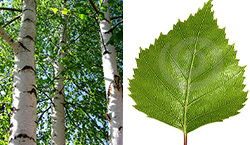 Late March to early April would have been a delight to our ancestors. After a long, cold winter with food reserves running low, the first signs of spring would have been welcome, none more so than sweet, nutritious Birch Sap.
Late March to early April would have been a delight to our ancestors. After a long, cold winter with food reserves running low, the first signs of spring would have been welcome, none more so than sweet, nutritious Birch Sap.
Birch sap does not stay fresh for long. If you are tapping a tree, be sure to use the sap for its intended purpose within a couple of days. Don’t make the mistake of thinking you can tap now and process later – this will affect the taste and chemical properties of the Birch sap. Birch syrup on the other hand has a shelf life of around two years – but it takes about 130 – 150 gallons sap make to make one gallon syrup. (Source)
The Maple Family
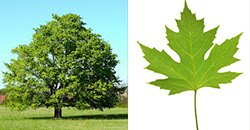 Because of maple’s high sugar content, generous sap flow, mellow flavor, and compliant nature, maple became the premier sugar tree in North America – except for Alaska, where birch trees are plentiful and maples are small and scarce. You need only about 40 gallons of sap to make one gallon of syrup (better – triple – than birch). The downside is that maple sap generally flows for only 4 to 6 weeks, with the best sap produced early on in the sap-flowing season (late February).
Because of maple’s high sugar content, generous sap flow, mellow flavor, and compliant nature, maple became the premier sugar tree in North America – except for Alaska, where birch trees are plentiful and maples are small and scarce. You need only about 40 gallons of sap to make one gallon of syrup (better – triple – than birch). The downside is that maple sap generally flows for only 4 to 6 weeks, with the best sap produced early on in the sap-flowing season (late February).
The Walnut Family
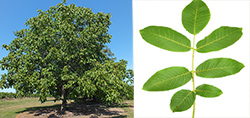 “Black walnut syrup is liquid gold,” says Michael Jaeb, owner of Simple Gourmet Syrups in Millersburg, Ohio. He sells the rare syrup for $15.75 per 8-oz. bottle and never has enough. (Source)
“Black walnut syrup is liquid gold,” says Michael Jaeb, owner of Simple Gourmet Syrups in Millersburg, Ohio. He sells the rare syrup for $15.75 per 8-oz. bottle and never has enough. (Source)
Black walnut syrup demands a premium price partly because black walnut trees only produce about one-third of the sap maple trees produce. The sugar content of the sap is about the same – it takes about 40 gal. of sap to make 1 gal. of syrup. One consideration in making black walnut syrup is that the trees are often highly prized for their lumber value, and tapping could detract from the commercial value of the logs.
The Sycamore Family
 You can tap sycamore all year round unlike birch.
You can tap sycamore all year round unlike birch.
Both the sycamore and sweet gum tree are in the same family and are very common in the South. Sycamores are often confused with Cottonwood trees; the way to differentiate them is to look at the leaves. Sycamores have serrated point-lobed leaves, whereas the cottonwood has round almost heart-shaped leaves. Sweet gums are easy to identify as well. They have a coarse dense bark with leaves very similar to the sycamore. They are most easily identified by their nuts or “gumballs”, golf-ball sized balls that are hollow with many holes and little spikes protruding all over the ball.
To protect the tree’s health, do not put taps in any tree smaller than 10 inches in diameter.
Over-tapping harms the trees; under-tapping reduces the sap yield without doing anything positive for the trees. A commercially profitable sugaring business should have 70-90 taps/acre and 20+ acres of woodland. Taking care of the trees—following the guidelines, clearing competition from the sap trees, pruning dead branches, etc.— is a good management practice. Aim for a sugar bush of 25-30 productive trees per acre.
During a crisis people will turn back to the old ways of survival, just like the one you’ve just read. Crisis may last up to a few years and don’t think it can’t happen in the US. If the grocery shelves are empty, you are only nine meals away from anarchy.
I have something you need to watch. It’s much better than I am at explaining the threat. Watch it and learn why you need your own sustainable food source and how you can build your own ecosystem capable of producing food in any crisis.
How to Make Pemmican – The Ultimate Survival Super-Food

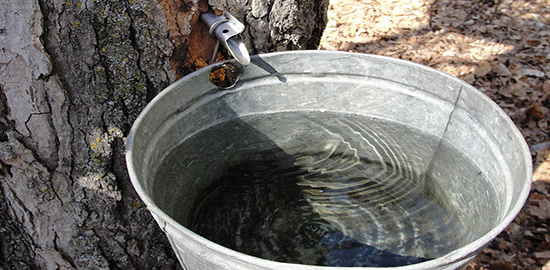







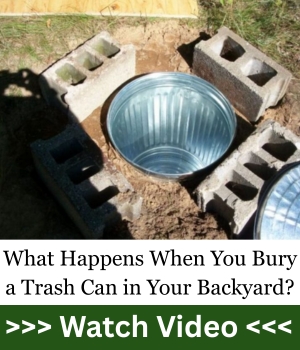






What about mulberry trees?
I have a ton of those. .
In Wisconsin we have an abundant supply of Boxelder, black cherry that yields no fruit, popple, cotton wood, and hickory. Can someone fill me in on some of these for sap/syrup production and safe consumption? Thanks folks!!!
There are very few normal maples in North Dakota. I use box elder (it really is in the maple family and in some areas known as Ash Leaf Maple orManitoba Maple) and know a couple others in the area that also tap box elders.
In Alabama where I grew up, we had shag bark hickory trees which may be tapped for syrup making. In addition, ash trees make high quality sugar – content sap.